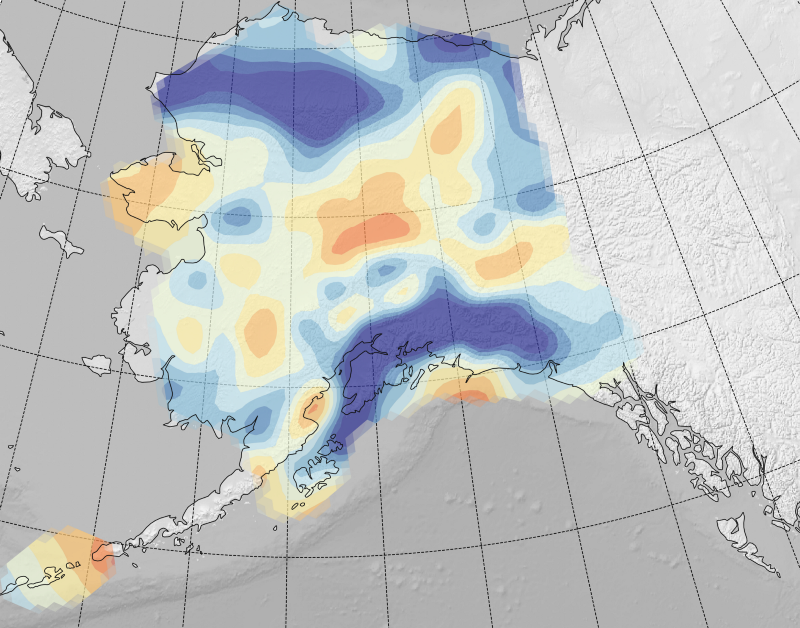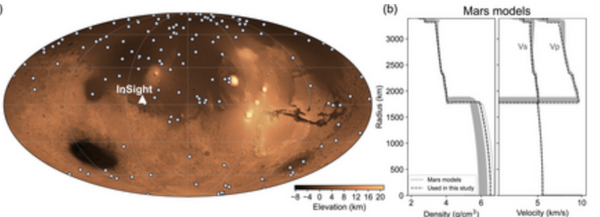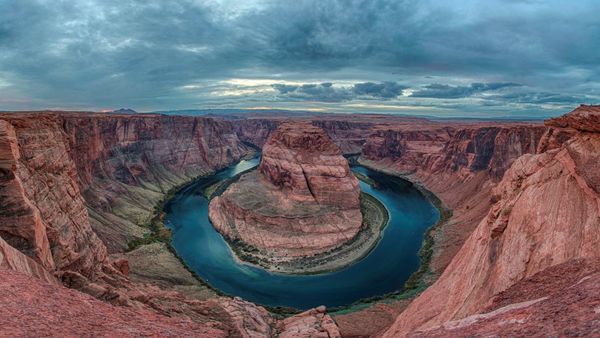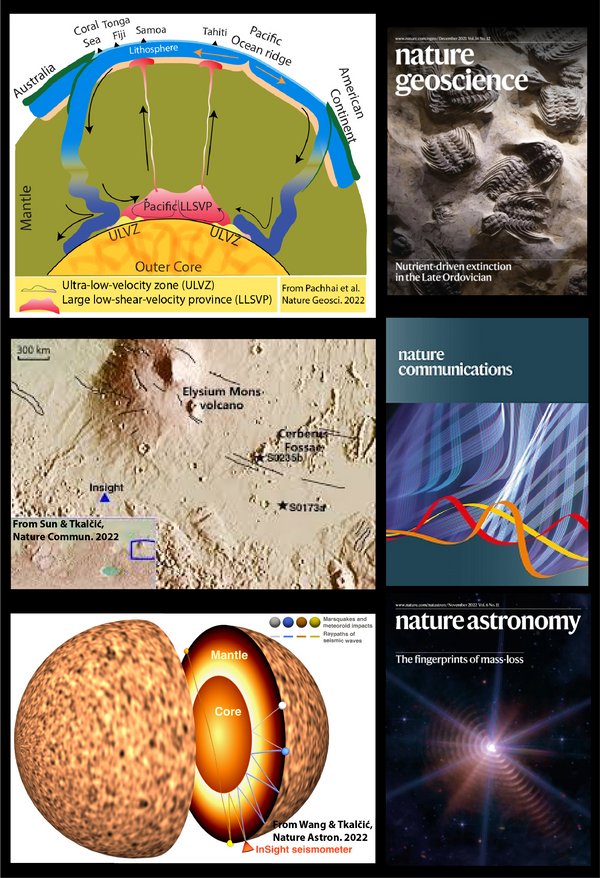Alaska Moho Model (Reproducible research with containers)
Making your research reproducible means that you provide the entire workflow from data, through software and post-processing freely available. Not only can somebody repeat your experiments and verify them, they can build upon them. In lab-based disciplines, there are many further challenges, but in research that is predominantly based on data processing, this ought to be an achievable goal.
We are releasing all of the background for our recent paper on the Alaska Moho (Miller & Moresi, 2018) to make it transparent and reproducible. Open source software is one thing but it is also important to make the software easily accessible: the software and raw moho picks are available through
pip install miller_alaskamoho_srl2018

To manage versions and operating system changes, we have also packaged everything in a docker container.
Since the software we release is also used to interpolate the surfaces, and not everyone wants to install docker, we also make all our notebooks available in the cloud with everything pre-configured. You can launch it on mybinder.org to try it out.
The software is also tracked on Zenodo so that you can cite the specific version that you install with pip.
References
Miller, M. S., and L. Moresi (2018), Mapping the Alaskan Moho, Seismological Research Letters, 1–7, doi:10.1785/0220180222.
L. Moresi. (2018, October 12). lmoresi/miller-moho-binder: Miller and Moresi, Seismological Research Letters (Version v1.0). Zenodo. http://doi.org/10.5281/zenodo.1459110
Originally published at https://www.underworldcode.org on October 12, 2018.



